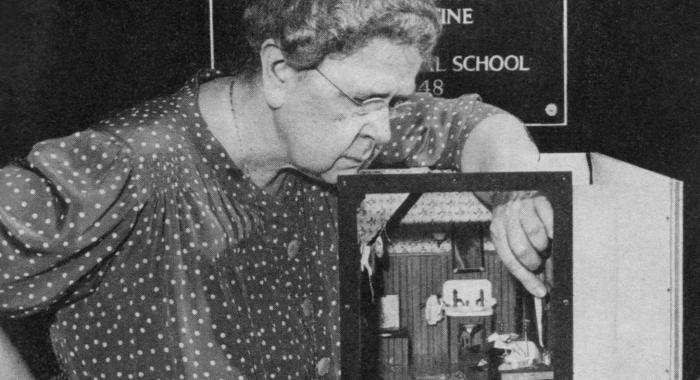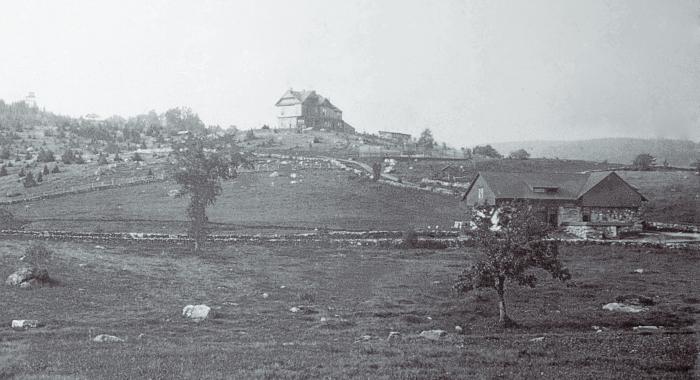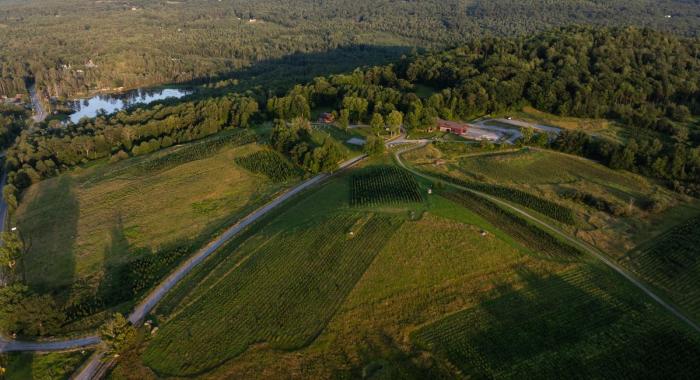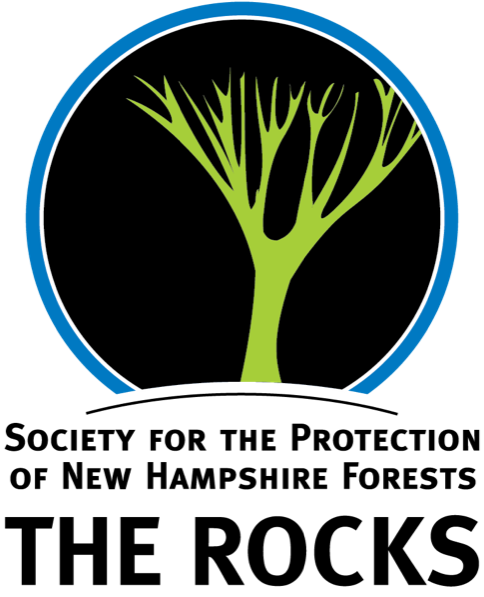The rambling stone walls and carefully restored historic buildings at The Rocks evoke the pastoral beauty of the turn of the 20th Century in New Hampshire. Now home to Forest Society North at The Rocks, "The Rocks Estate" was for many years the summer home of Chicago businessman and International Harvester cofounder John Jacob Glessner and his family.
In 1978, two of John and Frances Glessner's grandchildren donated the 1,400-acre Rocks, including 22 buildings, to the Forest Society, with the requirement that there always be a crop in the field. For more than three decades, that crop has been Christmas trees, and people come to The Rocks from near and far each year to find their perfect tree.

The Glessner Family
John Glessner, his wife Frances, and their children, George and Fanny, began visiting New Hampshire's North Country in 1878, seeking refuge in the clean mountain air for George's hay fever during the summer months.

Historic Structures at The Rocks
Many of the historic buildings are still used by the Forest Society today although some are no longer standing.
Early History of The Rocks & Bethlehem
Bethlehem was incorporated in 1799 but indigenous people have called the region home for thousands of years.

How We Manage the Farm & Forest Land
This conservation land includes a working Christmas tree farm — but it's also managed with the same values that guide the Forest Society's work.

